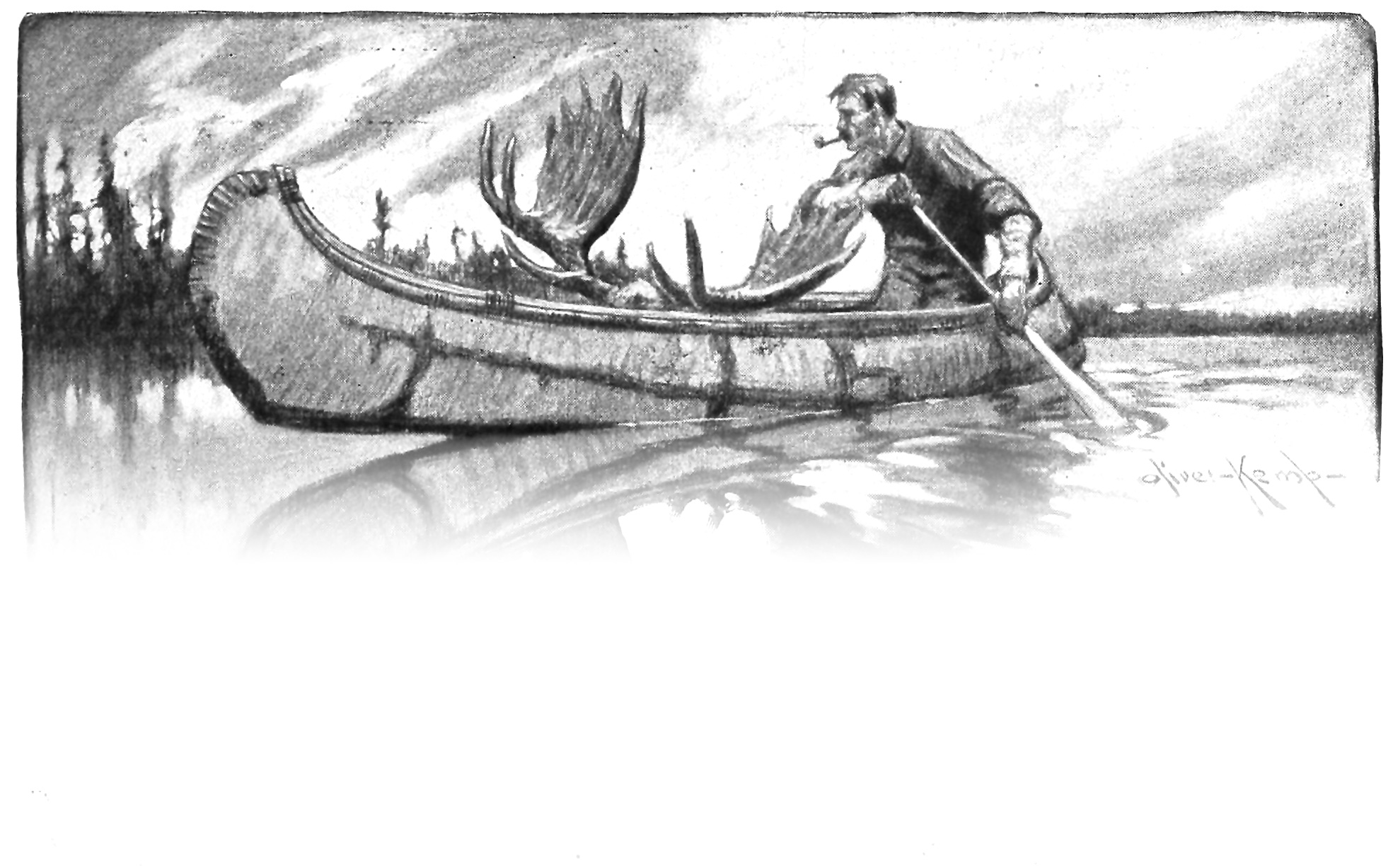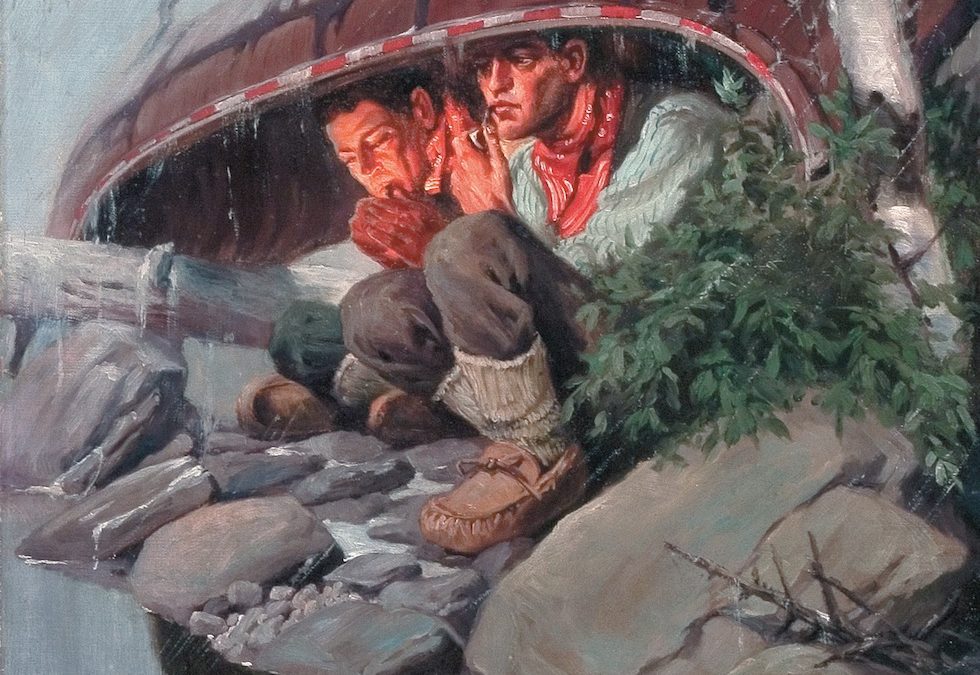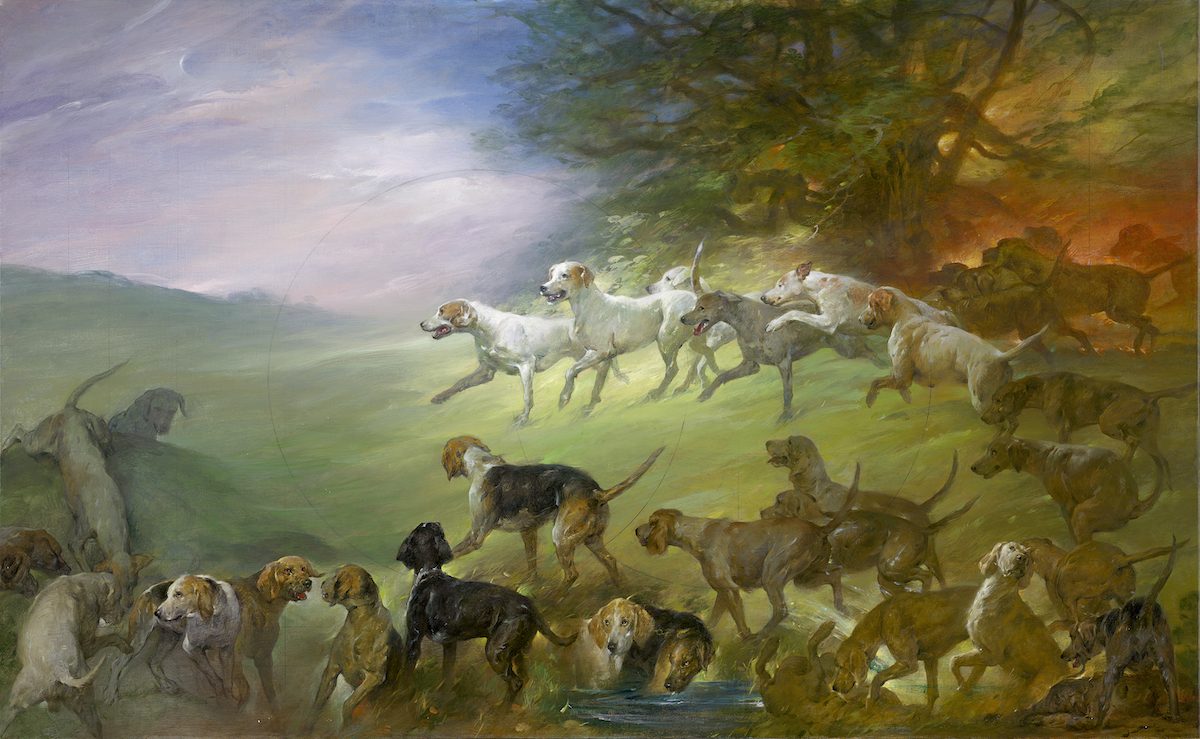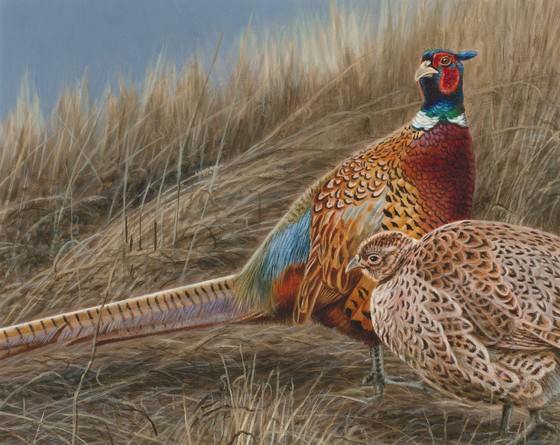“Going a hunting” has a ring to it of romance and adventure. As your enthusiast holds forth, you sense the mystery of the forest and the mountains and the plain—you can feel the call of the far-off places where the sun-browned men are waiting. Canoes and pack trains, snowshoes and sled dogs are in the talk, and the trail and portage lead to strange places whose names stir the blood anew. You glimpse an occasional strenuosity that lends its appeal, and all the old, primitive instincts of man to match himself against the wild rise big and clutch you.
For the trail is not always one of delight, save in retrospect. There is the burning sun with the parching alkali dust and an enduring thirst with only hot water to quench it. There are slippery rocks and boggy moss-land with its myriad swarms of mosquitoes and a pack that weighs down your soul. There are tangled blowdowns and piled-up boulders to take the canoe across, the infernal thing resisting with an ingenuity that seems almost human.

Day after day it rains, then comes the snow, piling up drifts across the trail, and following in its path the pitiless cold swoops down and tightens its grip till the lifeblood flows sluggish in your veins. In spite of all, however, your enthusiast emerges, optimist of optimists, forgetful of the hardships involved, and with only pleasant memories that are quick to awaken at a touch.
Plodding along in his footsteps, it has been my pleasure to attempt a pictorial record of those days, and in the records I have hoped in my way to help rekindle some old campfires. I daresay that my hunting trips differ in no ways from those of other hunters, but an artist is a rare bird on the trail, and things conspire to add an interest apart from the making of pictures. Always the work is an object of lively curiosity and, generally, of heartier approval than art editors evince.
Sebat was different. Still, what could you expect? He was part Irish, part French, and a whole lot Indian.
Sebat said, “he was feex dat horn,” and he did wrangle with the thing Indian fashion, but mostly he watched me paint with a broad grin on his face. Now this grin was disconcerting. Nothing else that I could do or say would cause more than a momentary flash, but the instant the sketch box appeared came Sebat’s inevitable grin.
On a hunting trip, I never attempted more than a note of the color and composition, relying on the camera and written data for refreshing my memory. Just the same, there was an occasional sketch, which, to my fancy, might suffice. One day I asked Sebat what he thought of a sketch I had just finished.
“No good,” he said, and grinned broader than ever.
There was something very frank about Sebat, and over time I found myself working for that Indian. Somehow, he kept me keyed to my best endeavors.




